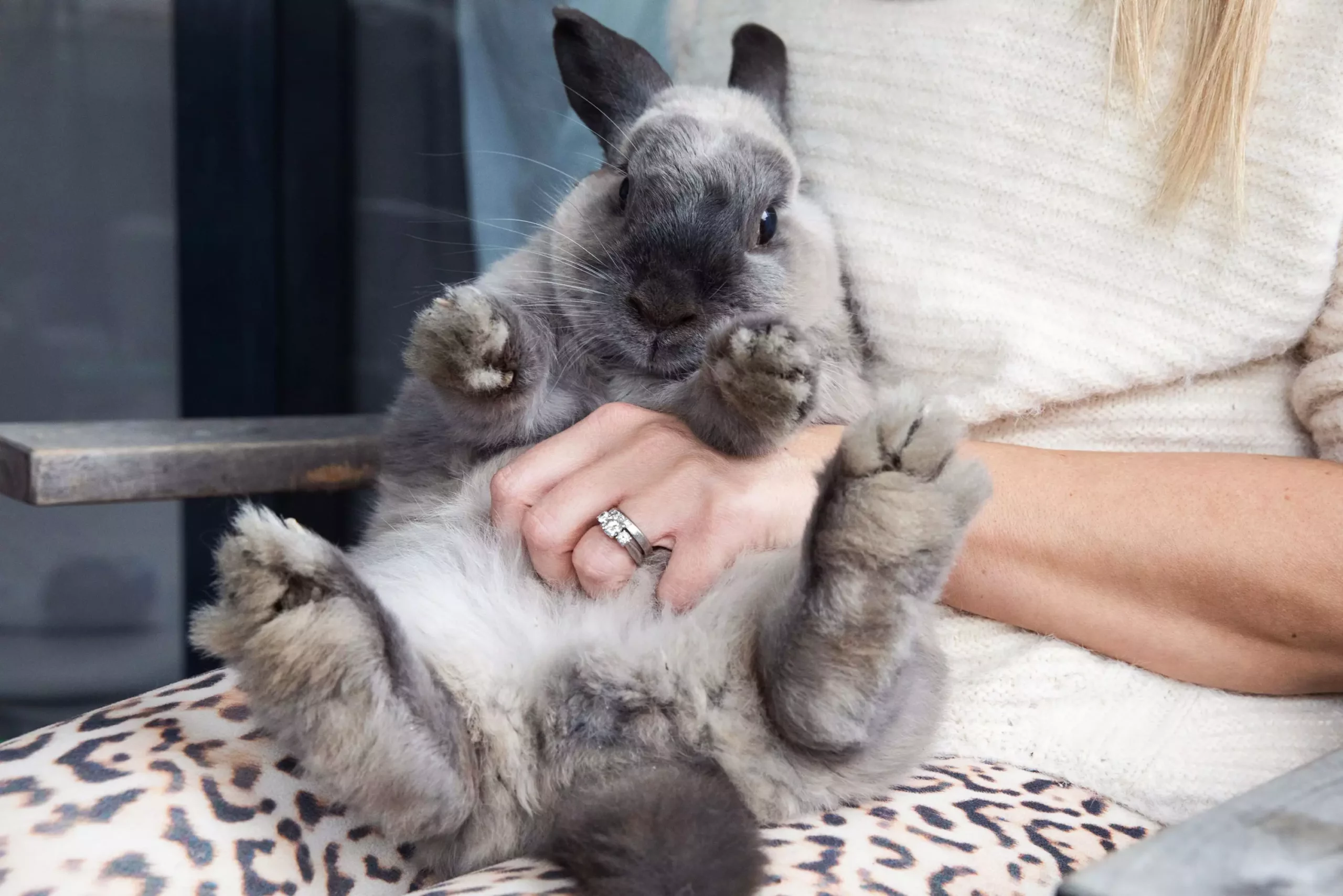Rabbits are often perceived as cute, cuddly companions that can seamlessly blend into family life. Their playful antics and social nature make them appealing pets. However, it is crucial to understand that owning a rabbit comes with its own set of responsibilities. For individuals and families contemplating adding a rabbit to their lives, it is essential to recognize the commitment and care that these wonderful animals require.
One of the most endearing qualities of rabbits is their social disposition. Rabbits thrive on interaction, not just with fellow rabbits, but also with humans. They can form strong emotional bonds, showcasing their affectionate behavior through nudges and gentle nudges. However, this social nature requires that future rabbit owners consider getting more than one rabbit, as solitary rabbits can display signs of loneliness and anxiety. When pairing rabbits, it is recommended to choose opposite genders and ensure both are spayed or neutered to prevent unwanted litters and minimize territorial behaviors.
Rabbits also tend to communicate with each other and their human caretakers. They have various methods of expressing joy, curiosity, or discomfort, which savvy owners should learn to interpret. For example, a relaxed, flopped position indicates comfort, whereas thumping feet might signal distress or a warning.
Before acquiring a rabbit, potential pet owners must consider the rabbit’s required living space. Contrary to popular belief, rabbits do best in spacious, secure environments rather than cages that limit their movement. A good enclosure should not only provide a space to retreat but also a safe area with room for exercise. The minimum recommended enclosure size is 2 feet by 3 feet, with adequate height for the rabbit to stretch on its hind legs. Additionally, the living area should be “rabbit-proofed” to prevent accidents caused by their insatiable chewing habits.
When allowing rabbits to roam freely, owners must babysit them closely. Homes often contain dangers such as electrical cords and fragile items that curious rabbits can easily reach. To alleviate these concerns, exercise pens designed for dogs can create a safe space to move without venturing into hazardous areas.
Caring for a Rabbit’s Health
Diet and health maintenance are paramount for a rabbit’s wellbeing. A rabbit’s daily menu should consist primarily of hay; continuous access to grass hay, such as timothy or oat hay, is fundamental. Fresh leafy greens play a vital role in their diet too, acting as an additional source of nutrients. A limited supply of commercially available rabbit pellets can be included, but owners must tread carefully with portions, as overfeeding can lead to severe health issues, including obesity.
Routine veterinary care is essential for many reasons. Rabbits are susceptible to specific medical conditions like dental problems, respiratory infections, and even skin issues. Regular check-ups with a veterinarian experienced with rabbits allow for proactive health management, which is especially critical as their teeth grow continuously, necessitating proper wear to avoid complications.
Training and Grooming Needs
Though rabbits are known for their cleanliness, they can benefit from litter box training, as they favor specific spots for their bathroom needs. Establishing a consistent bathroom area within their enclosure will facilitate this training process. Creating a hygienic environment is not only crucial for odor management but also for the rabbit’s overall health.
Grooming is another essential aspect of rabbit care. Regular brushing helps maintain coat health and prevent hairballs, with the frequency determined by the rabbit’s fur length. Short-haired rabbits may require brushing only once a week, while long-haired breeds should be groomed daily to avert tangled fur and skin irritation.
The Financial Aspect of Rabbit Ownership
Despite their relatively small size, keeping a rabbit can be surprisingly costly. Monthly expenses can range from $40 to $60, factoring in food, litter, and occasional new toys. Additionally, you should budget for yearly veterinary visits, which may fluctuate based on the health and specific needs of the rabbit, including emergencies. Prospective owners should consider these financial implications alongside the emotional and time investments necessary for rabbit care.
Rescuing Versus Purchasing a Rabbit
If you’re searching for a companion rabbit, consider adopting from local rescue organizations or shelters. This option not only provides a loving home for a creature in need but also allows for the chance to learn about the rabbit’s behavior and history beforehand. While breeders can offer specific breeds and younger animals, rescue rabbits, particularly older ones, often come already socialized, making the transition into a new home smoother.
Rabbits can enrich our lives immensely with their playful demeanor and affectionate behavior. However, it is crucial to approach rabbit ownership with a full understanding of the care, commitment, and love these animals require. By preparing adequately, prospective owners can cultivate a rewarding relationship with their furry friends and ensure they thrive in their new environment.

